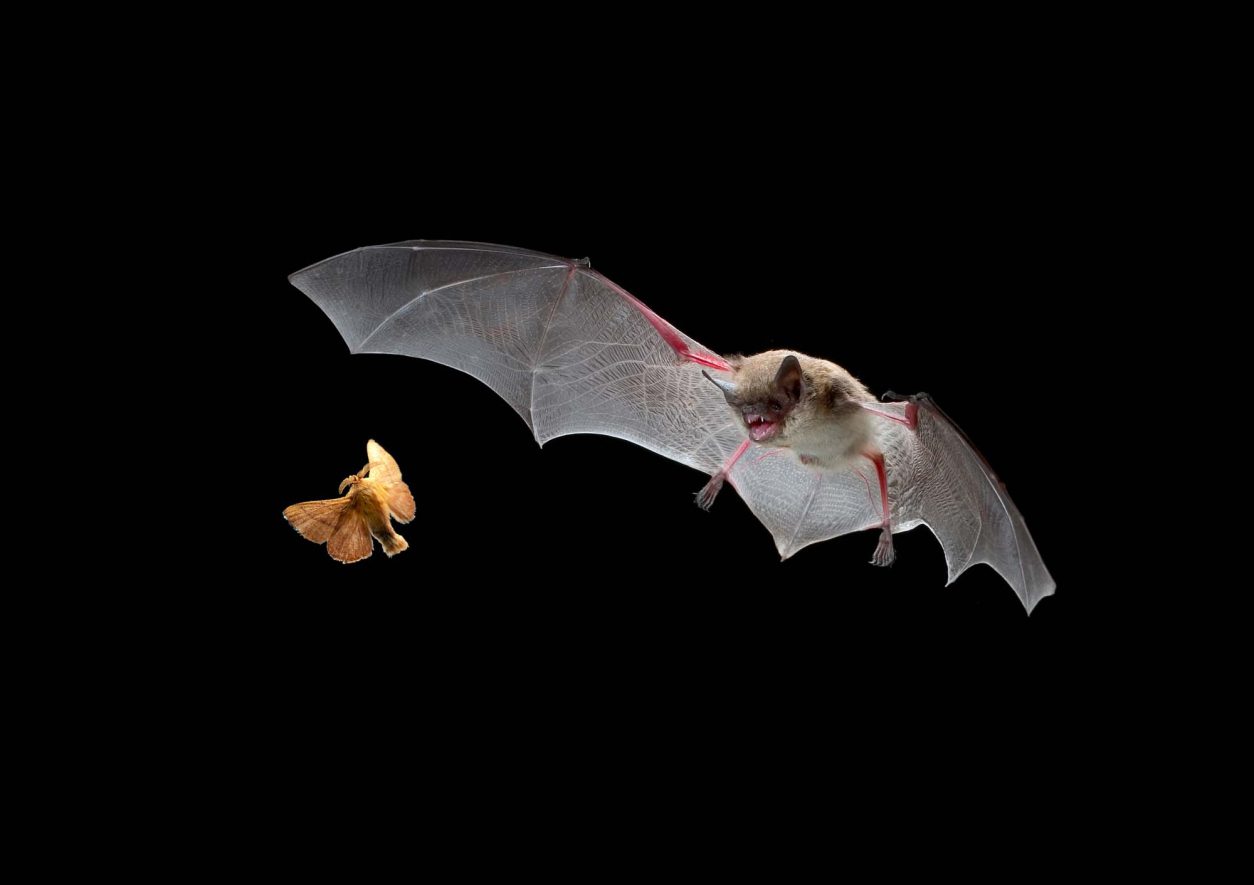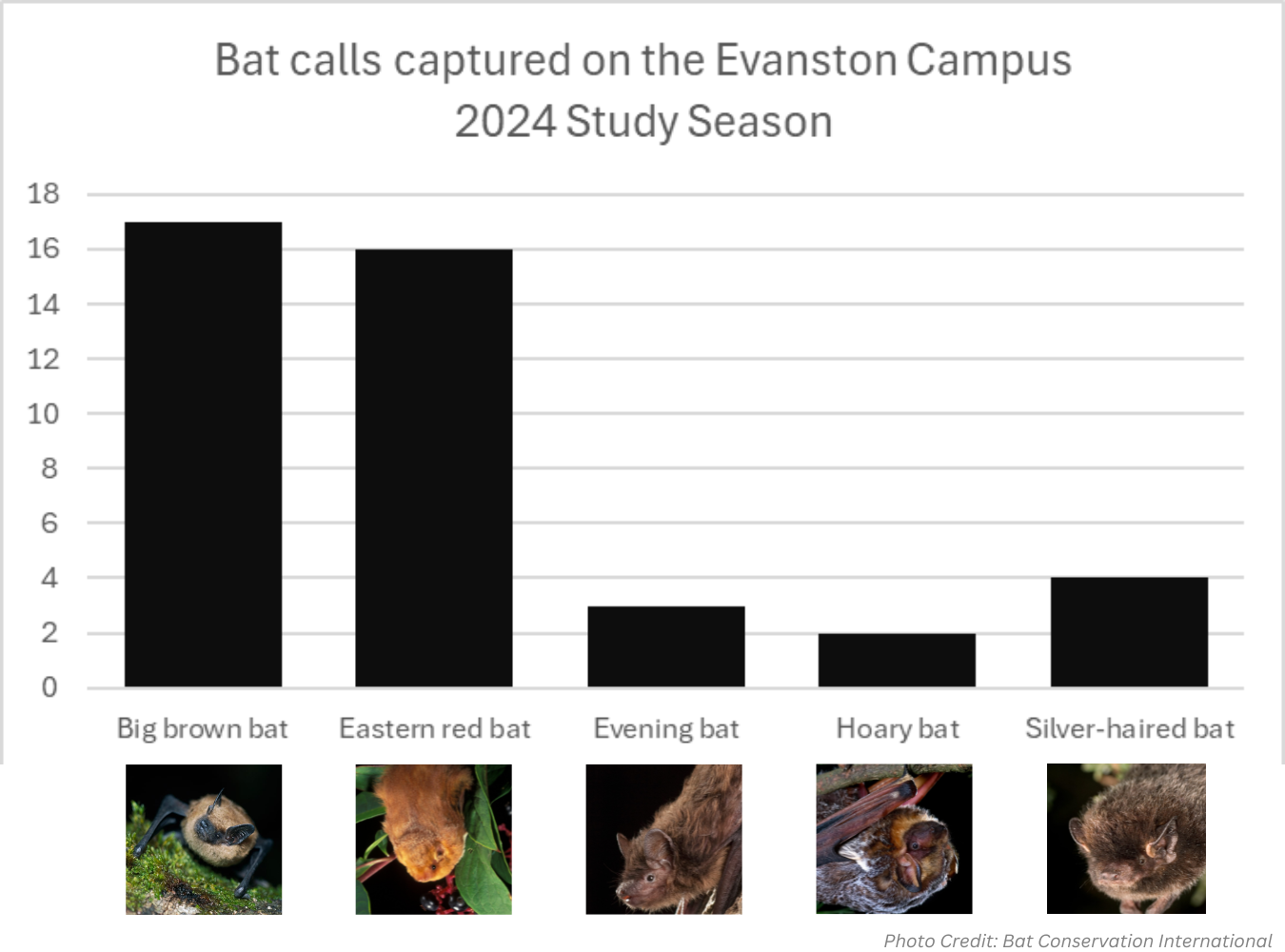Exploring Northwestern’s Bats: A Community Science Effort
Bats play a critical role in maintaining healthy ecosystems in Illinois. These creatures are estimated to consume over 1,200 insects in a single night, making them vital for controlling insect populations, including mosquitoes and agricultural pests. However, bats are facing numerous challenges. One of the biggest threats is white-nose syndrome, a devastating fungal disease that continues to cause mortality rates of over 90% in some species. Urbanization is another growing concern. As cities expand, bat habitats are altered, and the overlap between human and bat populations increases.
Urbanization is another growing concern. As cities expand, bat habitats are altered, and the overlap between human and bat populations increases.
Researchers are working to uncover the factors that influence bat distributions in cities—topics that are crucial for conservation efforts. Since 2018, the Urban Wildlife Institute at Lincoln Park Zoo has partnered with local volunteers to monitor bat activity across Chicago. Northwestern’s Evanston campus has become one of the most recent study sites for this scientific effort.
Bats use an ultrasonic "sonar" system to navigate their environment and locate prey, emitting high-pitched calls that are inaudible to the human ear. By using specialized microphones, researchers can record these calls, which are unique to each bat species. Volunteers, also known as community scientists, use iPads equipped with ultrasonic microphones to track bat activity along a set pathway. Northwestern’s data collection begins shortly after sunset, following a route that begins at the Segal Visitors Center, passes through Deering Meadow and the Lakefill, and runs along the shore of Lake Michigan, finishing at Long Field. The route was carefully selected to include areas with food sources, sheltered roosting spots, and access to water, all key ingredients for a bat-friendly habitat.
The Northwestern study has already yielded exciting results. So far, community scientists have recorded the calls of 5 unique bat species commonly found in northern Illinois.

sustainNU invites you to join our efforts to monitor campus bats and contribute to vital research on local bat populations. Volunteering offers a hands-on opportunity to learn about bat ecology, wildlife monitoring techniques, and how to identify bat calls. Data collection takes a little over an hour and can occur anytime between April 15th - September 30th. If you're interested in joining the effort, simply fill out the sign-up form to join our team of community science bat monitors!